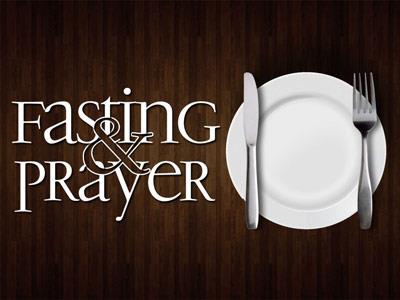-
John The Baptist And The King's Arrival (Matthew 3:1-17)
Contributed by Donald Whitchard on Nov 5, 2024 (message contributor)
Summary: John the Baptist was God's chosen instrument to announce the arrival of the Promised Messiah.
Matthew 3:1-6:
Thirty years have passed between the events described in Chapter 2. Matthew continues the story of Jesus with the arrival of John the Baptist in the wilderness of Judea. His message centered upon the need for all people to repent and prepare their hearts for the arrival of God's Promised Messiah to Israel. John was a son of promise to the aged priest Zacharias and his wife Elizabeth. Luke records that the angel Gabriel appeared to Zacharias as he was performing his duties in the Temple at Jerusalem and told him that he would have a son in his old age (Luke 1:5-25). When John began preaching, his message was another fulfillment of prophecy (Isaiah 40:3). Matthew quoted the prophet to show his readers that the instruction for preparation was what John proclaimed. John's appearance was like that of the prophet Elijah (2 Kings 1:8). His diet consisted of locusts (Leviticus 11:22) and wild honey. The people gathered to hear him, and many were convicted of their sins and baptized as visible proof of their sorrow and repentance.
vv 7 -10:
Two parties arrived on the scene to see John. They were the Pharisees and the Sadducees, the religious leaders of Israel. The Pharisees stressed the importance and strict adherence to the Law pf Moses. They added to this the traditions and rituals of the elders based on interpretations of the Law which had developed into a form of religious legalism not based on God's Word. The word "Pharisee" means 'the separated ones". They believed themselves too righteous to be among the common people. It was a form of spiritual snobbishness that again had no basis in Scripture. The Pharisees believed in the immortality of the soul, the resurrection of the body, and the existence of angels and demons, and taught that all Scripture was the Word of God. The Sadducees were the theological opposite. They taught that the first five books of the Bible, known as the Law, or Torah, were the only valid Scriptures. They denied the existence of an afterlife, the resurrection, as well as angels and demons. John's reaction to both religious groups was blunt and savage. He referred to both groups as nothing more than a "brood of vipers", the lowest form of an unclean animal. He saw through their pretense and that their spirituality was non-existent. Both groups needed to repent like everyone else if they were to flee from the impending wrath of God. Their ancestry was no guarantee of God's approval. He had the power to turn stones into the children of Abraham if He so desired. it was faith in God that was need by both them and everyone. The roots of sin needed to be cut out from all souls.
vv.11-12:
John said that he was able to baptize the repentant with water, an outward symbol of the rebuttal of past sins and identification with God's salvation, but that the coming Messiah would be mightier than him. The Messiah would baptize the people with "the Holy Spirit and fire". In his commentary on Matthew, Dr. John Walvoord wrote that three baptisms are mentioned: (1) that of John the Baptist, a baptism of repentance; (2) a baptism of the Holy Spirit, which was brought and administered by the Lord Jesus; and (3) a baptism with fire. The baptism of repentance, administered by John was a preparation for the arrival of the Lord Jesus, and was succeeded by the work of the apostles. The baptism of the Holy Spirit was not initiated until Pentecost in Acts 2, which symbolized entry into the body of Christ for both Jew and Gentile. The baptism of fire seems to be a reference to the Second Coming of Jesus Christ. The wheat and the tares will be separated. The tares, like the chaff, will be burned with fire. All of the baptism mentioned signify initiation into a new situation of separation to God for the righteous or separation into judgment for the wicked (Matthew 25:41; 2 Corinthians 5:10; Philippians 2:9-11; Hebrews 9:27; Revelation 20:11-15).
vv.13-17:
All four gospels give an account of the baptism of the Lord Jesus (Mark 1:9-11; Luke 3:1-20; John 1:31-34). Matthew alone records John's protest that Jesus did not need to be baptized and consented only when Jesus told him that it needed to be done in order to fulfill all righteousness. Jesus is our example of obedience to God and His baptism showed complete submission to the will of the Father. As Jesus came out of the water, the heavens opened. John saw the symbol of the Holy Spirit, a dove, descended upon the Lord Jesus. God the Father spoke from heaven, declaring that here was His beloved Son, in whom He is well-pleased. Here and in Luke's account, we see the harmonious work of the Trinity, God's role as Father, Son, and Holy Spirit, three personalities, yet one God (1John 5:7, NKJV). Jesus was attested by the Father before He would go into the desert for forty days and be confronted by the enemy, Satan, and his attempts to thwart the mission of Jesus before it even begins. This showdown is described in Chapter 4.
donaldwhitchard@outlook.com
www.realitycityreverend.com

 Sermon Central
Sermon Central



